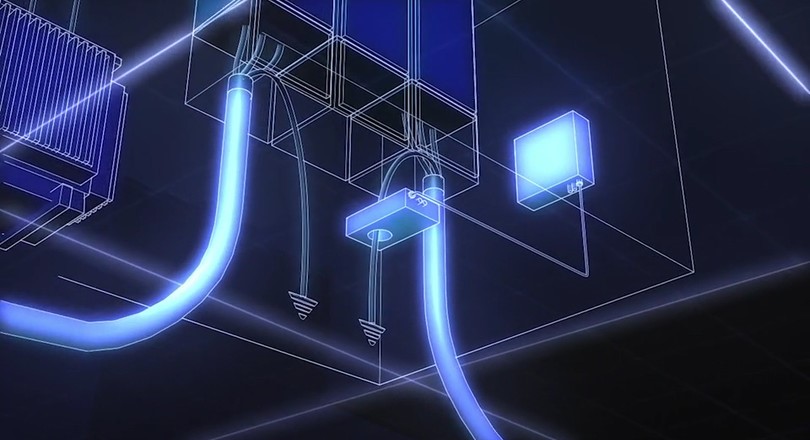The energy transition introduces new and regularly higher and more dynamic stresses to our electric power systems with the increasing number of renewables and smart electronics. Meanwhile societies keep on getting more depending on reliable electricity supply. To prevent outages from happening it is essential that grid operators can detect weak spots and locate and respond to faults in the grid quickly, and if possible, eliminate weak spots before they fail.

Smart Cable Guard (SCG) is an online monitoring system for medium voltage underground power cables. The system is good example of research that started on the TU/e and was further successfully developed in a cooperation of the TU/e, the testing and consulting firm DNV and the large electricity grid operators of the Netherlands. It is currently commercially exploited by DNV and a version 2.0 of the measurement systems is currently active in hundreds of distribution cable circuits around the world. In collaboration with grid operators, the system is continuously being improved e.g. by using firmware updates for the programmable signal and data processing units. See also here.
The system is based on the measurement of partial discharges (PD), high frequency pulse that are initiated from weak spots along the power cable circuit. These pulses propagate through the cable to both cable ends, where they can be detected. Measuring partial discharges is a proven and widely-accepted method for identification of insulation degradation of medium- and high-voltage grid components. In the case of the Smart Cable guard system, two measurement systems are installed at each end of the cable circuit to be monitored, and are synchronized using a patented system based on time beacon signals injected into the system. These measurement system record both the high frequency pulses from the partial discharges and the injected pulses. By using this synchronized measuring principle, the origin (i.e. location in the cable circuit) can be determined at up to 1% of the circuit length. The measurement units are connected to a central server over cellular networks. Next to partial discharges, short circuit current transients can also be detected enabling fast and accurate detection and location of faults in cable networks. With this, SCG plays a major role in both the reduction of outage duration and frequency for power cable systems.
An upcoming application for SCG is (on-and offshore) wind- and solar farms and industrial plants. The criticality of such cable systems is generally even higher than distribution networks, hence monitoring is very valuable. However, the system suffers from higher-than-normal levels of noise and disturbances typically being generated by power converters. There are several characteristics that separate such noise signals from partial discharge pulses, though a more advanced algorithm and filtering than currently used is required to exploit this.
In line with this and further, there are several improvements and extensions possible to make the system more accurate and reliable, such as (for example): - Adaptive matched signal and noise filtering based on signal propagation models and noise measurements - Pulse classification algorithms - Measurement and locking of the voltage to get phase resolved PD detection - Filtering based on frequency content and/or amplitude ranges of PDs - others.
The aim of the graduation project is to make a step towards making SCG capable to be working in noise rich environments such as windfarms and industrial sites, as well as developing further improvements on the measurement system’s signal processing.
The basis of SCG is the application of (high frequency) transmission line theory in (high voltage) power cable systems. It is expected that signal processing improvements can strengthen the performance and application of SCG significantly. A background in signal processing with a strong affiliation or eagerness to learn signal propagation in transmission line aspects (or vice-versa) is therefore needed. As SCG is already applied widely around the world, the project gives the opportunity to work in a practical and international environment with lots of laboratory facilities (at both the TU/e and DNV) as well as direct links to real-world application and lots of data from the field. Support is available from DNV specialists who have previously worked on the development of SCG and related aspects (in e.g. MSc and PhD projects) besides guidance from both the EES and SPS groups of the TU/e.
The work is to be conducted at (mainly) DNV and (possibly partly) TU/e, and possibly also in collaboration with the equipment hardware designer. An internship fee from DNV will be made available for the duration of the graduation project. Furthermore, a PhD opportunity is foreseen in this subject (for the same person in this MSc graduation project or another).